Ancient Encounters
Varanasi India
Mother Masala Tours
The Eternal City of Light
Varanasi India. Situated on the sacred banks of the Ganges River, Uttar Pradesh, also known as Kashi or Benares, is considered one of the most ancient cities in the world, with a history dating back over 3,000 years. Its establishment is closely tied to Hindu mythology, which believes Shiva founded it, imbuing the city with a spiritual aura that persists to this day. Scholars trace its origins to the 11th century BCE during the reign of the Kasi Dynasty, making it contemporaneous with ancient civilizations such as Mesopotamia and Egypt. Varanasi flourished under the rule of the Maurya Dynasty in the 4th century BCE, notably during the reign of Emperor Ashoka, who propagated Buddhism. The Gupta Dynasty period (4th-6th century CE), it became a significant place of education, art, and culture, with Sanskrit scholars and artisans thriving. Home to timeless ghats, temples, and lanes, Varanasi remains a living relic of India’s spiritual and historical evolution.
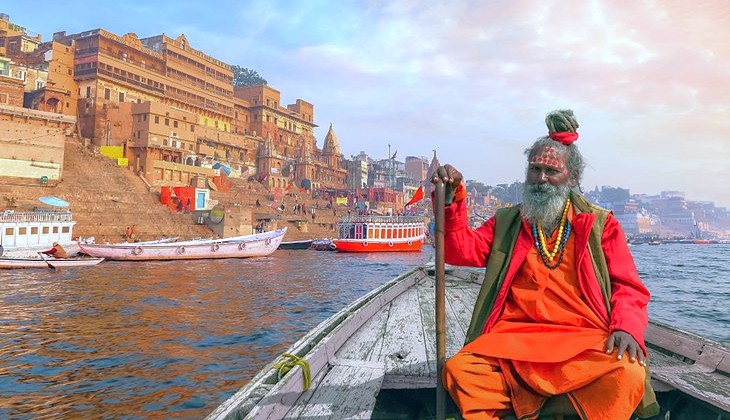
Varanasi India: Sacred Spaces
Here we discover many sacred sites that echo with history and spiritual significance. Central among these is the Kashi Vishwanath Temple, which houses a revered Shiva lingam, symbolizing Shiva. The temple has been destroyed and rebuilt several times, with the current structure established in 1780 by Maharani Ahilya Bai Holkar. It is considered one of the twelve Jyotirlingas in India, attracting pilgrims who come to pay their respects. Another notable site is Manikarnika Ghat, one of the most sacred cremation sites, where the cycle of life and death unfolds daily. The rituals performed here are believed to grant liberation to the departed souls, making it a focal point for many Hindu rituals. This city is a Unesco World Heritage Site, underscoring its importance in the preservation of culture and beliefs.
Ancient Mosaics: Impeccable Craftsmanship
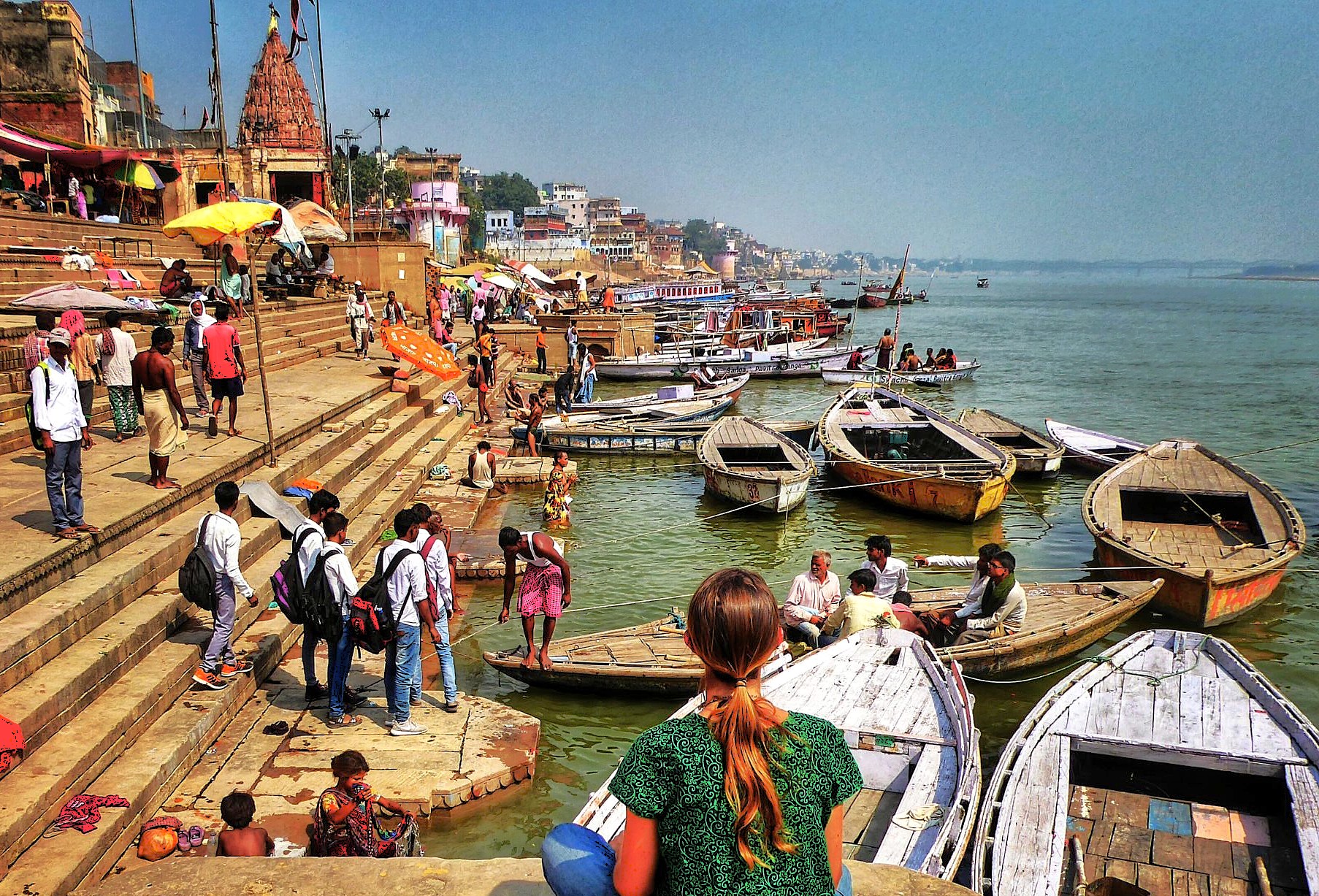
Varanasi is a place of exquisite craftsmanship, particularly seen in its silk weaving. The Banarasi silk sarees are handwoven with intricate designs, using techniques that have been perfected over generations. Each saree can take from a few days to months to complete, reflecting the artistry of the weavers like Rudra Prasad, who are known for their meticulous attention to detail. The city's artistry extends beyond textiles to include miniature paintings. Craftsmen during the Mughal period produced remarkable works that depicted gardens, courts, and intricate patterns.
The Pulse of the Local Community
Varanasi India. The Ghats of Varanasi are the vibrant heart of the city's daily life, a special place where generations come together. Women begin their day here, washing clothes on the stone steps, filling pots with sacred water, and offering prayers to the rising sun. Their colorful saris create a beautiful contrast against the ancient stone. Children's laughter fills the air as they play along the river's edge, splashing and swimming with carefree joy. Men are a constant presence, from the boatmen calling out for passengers to the priests guiding families through important rituals. Others simply gather to talk, drink tea, and watch the endless flow of life.
Capturing the Magic: A Photographic Haven
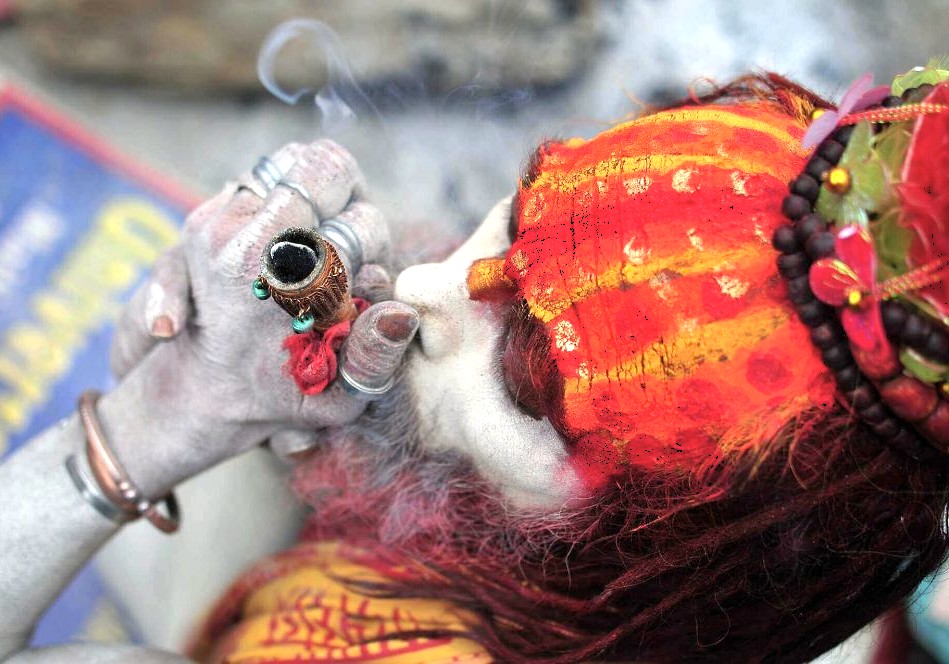
In Varanasi, the opportunity to capture stunning visuals is abundant. The Ganges River at sunrise, adorned with colorful boats and devoted individuals bathing in the sacred waters, presents an incredible scene. The soft morning light creates a truly magical glow, perfect for any photographer. You will also find the intricate details of ancient temples, with their unique architecture telling stories of the past. The beauty of traditional attire during vibrant festivals adds a splash of color to your collection. The serene landscapes along the ghats offer endless possibilities for photography.
A Culinary Journey: Savor the Flavour
Varanasi India. Sampling local culinary delights is essential. A standout dish is litti chokha, a traditional meal originating from the Bhojpuri culture. Litti consists of whole wheat balls stuffed with roasted gram flour and spices, often served with chokha, a smoky mash of eggplant, potatoes, and tomatoes. The flavors are heightened by the use of local spices, creating a satisfying experience that resonates with many. Another famous dish is puri sabzi, which consists of deep-fried bread paired with spicy potato curry, reflecting the culinary heritage of the region.
Festivals of Devotion: Honouring the Sacred and the Divine
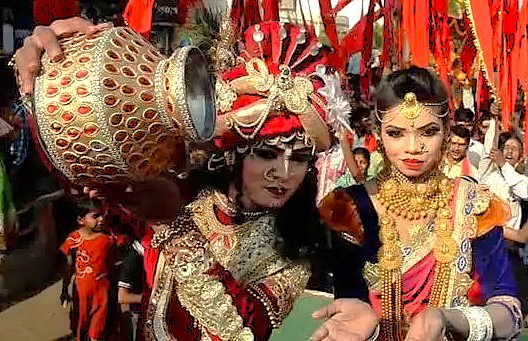
Festivals in Varanasi are profoundly spiritual events that celebrate the relationship between the community and the divine. One of the most notable festivals is Maha Shivaratri, held annually in February or March, dedicated to Lord Shiva. Devotees flock to the Kashi Vishwanath Temple, offering prayers and participating in rituals that honor the god. The atmosphere is electric during the night, with chanting and celebrations that last until dawn. Another important festival is the Ganga Mahotsav, typically occurring in November. It celebrates the spiritual significance of the Ganges River, with performances, traditional music, and dances.
Ancient Technologies: Sacred Sound, Geometry & Astrological Influences
The temples display evidence of ancient knowledge in sound and geometry basded on Vastu Shashtra priciples. Many structures are built using principles of sacred geometry that supposedly create harmonious vibrations and healing frequencies. For instance, the design of the Kashi Vishwanath Temple demonstrates this careful consideration, where the layout reflects the spiritual alignment with celestial bodies. Materials used in construction, such as stone and wood, not only provide physical integrity but also possess unique acoustic properties. The Solfeggio frequencies - particularly 528 Hz, associated with transformation and DNA repair, are believed to resonate with certain structures.
The Connection with the Gods
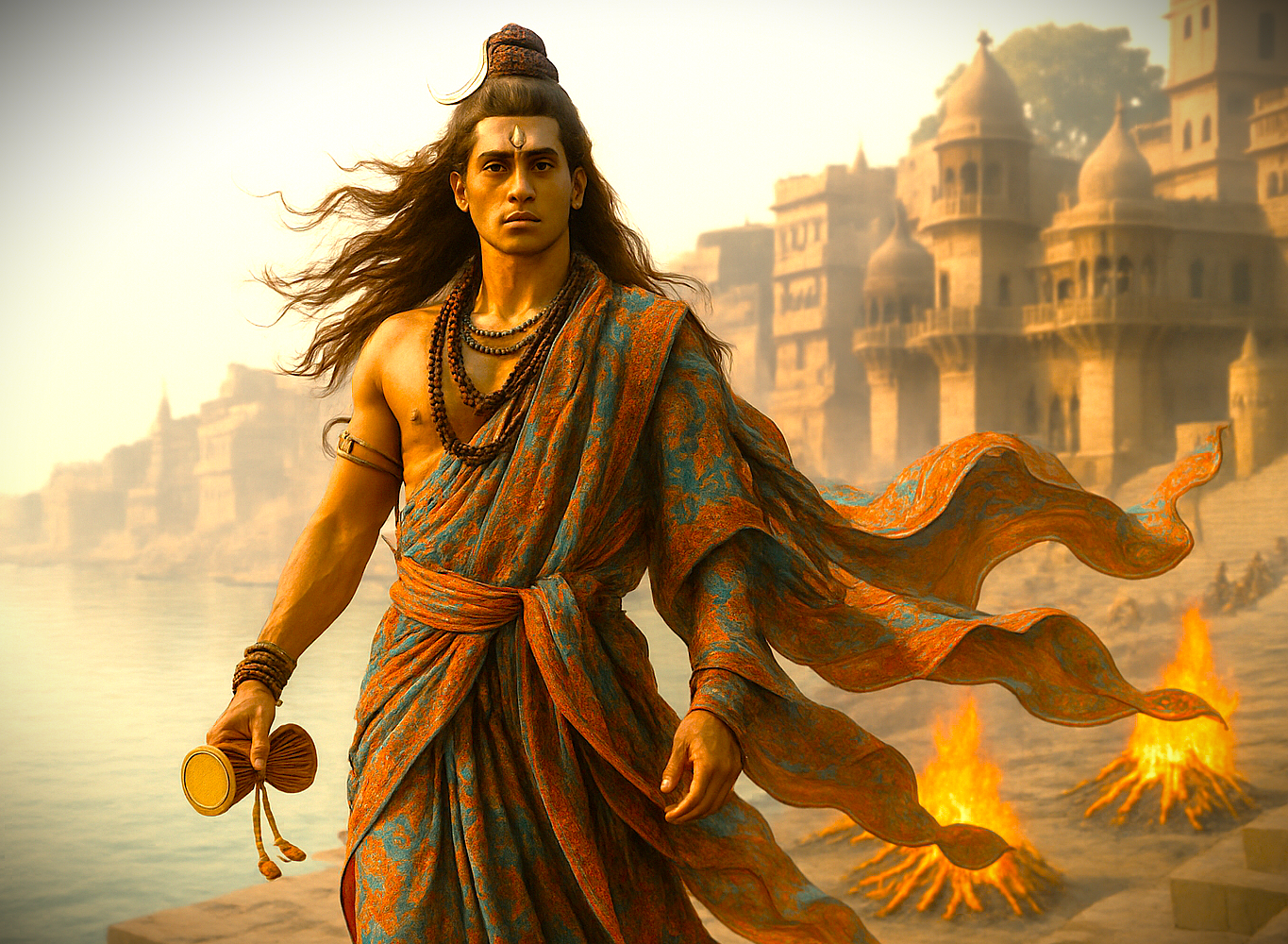
Varanasi is lovingly called the city of Lord Shiva, who is believed to have made this sacred place his home. He is worshipped here as Kashi Vishwanath, the Lord of the Universe, and his temple draws countless souls seeking blessings and enlightenment. The city's spiritual heart beats with devotion to him. Varanasi also opens its arms to many other deities. The holy river Ganga is revered as a living goddess, a mother who purifies all who bathe in her waters. You'll find temples dedicated to the goddess Annapurna, who provides nourishment, and to Kalbhairav, Shiva's fierce form who guards the city.
Serendipitous Meetings: Beyond the Main Path
Varanasi India. Here at Varanasi, we are greeted by truly timeless sights. A figure stands with a steady gaze by the calm Ganges river, a silent witness to centuries of devotion. The air is filled with a gentle haze, mixing the morning mist with the smoke from small, sacred fires burning brightly on the stone steps, known as ghats. These steps lead down to the holy water, where life and ritual have flowed together for ages. In the background, ancient palaces and temples rise up, their architecture telling stories of a rich past. It is a place where you can feel the pulse of history and spirituality in every corner, inviting you to simply be present.
Resilience and Renewal: Overcoming Adversity’s Challenges
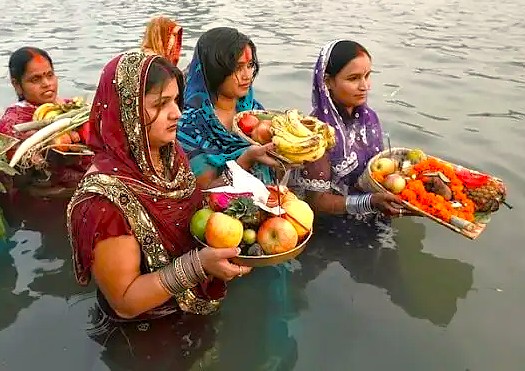
In 1837, a devastating fire swept through parts of the city, destroying homes and sacred structures. The local community rallied together to rebuild, demonstrating unwavering perseverance and commitment to their heritage. Overcoming this tragedy led to renewed efforts in preserving traditional practices as well as improving the structural resilience of buildings. Additionally, during the Indian Rebellion of 1857, Varanasi saw fierce fighting which impacted the residents significantly. The aftermath prompted a renewed sense of identity as locals sought to restore their cultural pride.
Urban Legends: Strange Sightings, Myths and Mysteries
The ancient lanes are steeped in legends and folklore. One tale speaks of the ghostly figure of a saint, said to roam the ghats at night, protecting the souls of those who have passed on. Locals recount stories of encounters with this ethereal presence, further enriching the mystique of the city. Another legend involves the Ganges River, believed to be personified as a goddess. According to myths, she descends to Earth to cleanse the sins of humanity, which is why many bathe in her waters. This belief enhances the connection between the river and the community's spiritual practices, painting a vivid picture of faith and reverence.
Get Your Gear Ready - An Amazing Journey Is Just Ahead
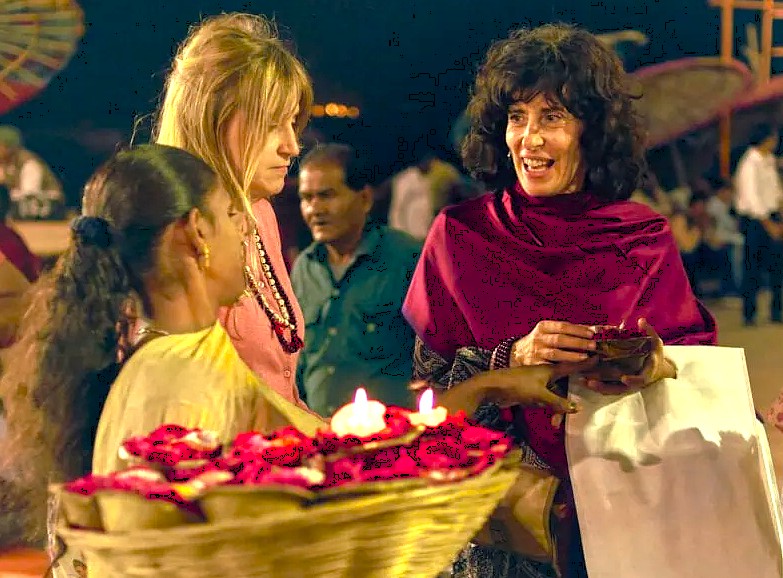
In Varanasi, your day can begin with a peaceful boat ride on the Ganges as the sun comes up, watching the city awaken along the stone ghats. You will see people taking part in morning rituals, a sight that has remained unchanged for centuries. Feel free to wander through the narrow, winding alleys of the old city, where you can discover hidden temples and lively markets at your own pace. As evening approaches, you can join the crowds at the riverbank to witness the spectacular Ganga Aarti, a beautiful ceremony of fire and chant. This is a place to simply observe, listen, and feel the deep spiritual energy that makes Varanasi so unique.
Symphony of Generosity: Offerings from Wanderers to Residents
Varanasi India. In Varanasi, the relationship between locals and visitors fosters a unique sense of community and generosity, built on mutual respect. Artisans benefit from sharing their traditional crafts with those curious about their intricate work, creating meaningful exchanges that enrich both parties far beyond a simple transaction. In turn, residents deeply appreciate the genuine engagement and support from travelers, whose contributions are vital to the local economy. This beautiful dynamic ensures that traditions are preserved and the city’s welcoming spirit continues to thrive, making every interaction memorable.